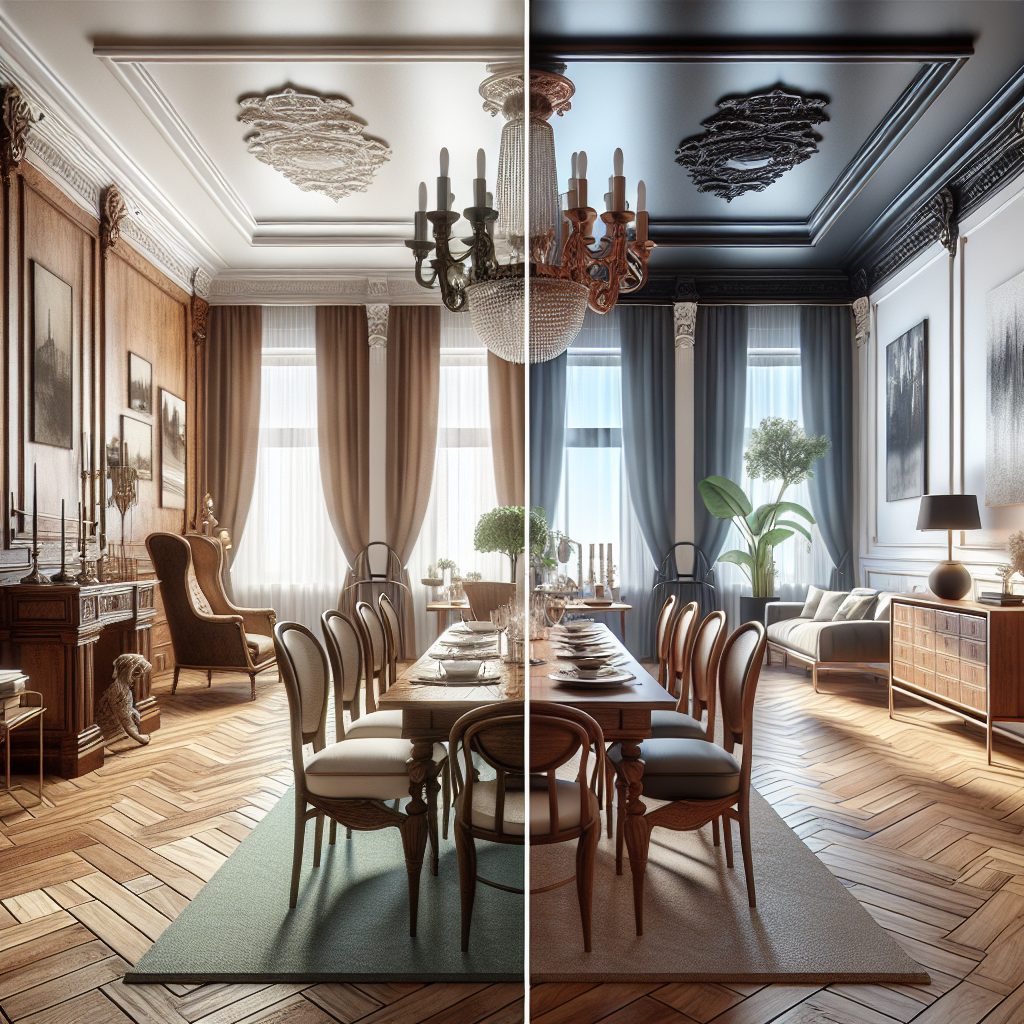How Dining Rooms have Changed Over Time
How Dining Rooms have Changed Over Time


The transformation of the household dining room has been an interesting journey that few people venture to explore. Defined by shifts in socio-cultural norms, financial earnings, design tastes, and more, our contemporary dining areas are far from their ancient counterparts. Occupying cosy corners of medieval castles to centre stage in today's open-plan homes, dining rooms have become key markers of changing times, revealing much about societal values. The following discourse dives deep into the fascinating progression of dining rooms over time, including the evolution of dining room furniture styles. It begins by retracing roots back to the Ancient Greeks, ventures through Victorian-era grandeur, and ends with an exploration of what future dining rooms might look like, fuelled by sustainable designing and tech-forward concepts.
A brief history of dining rooms
From essential gatherings in early civilisations to ritzy parties of royals, dining has always been a crucial part of human social life. The Greeks initiated the trend by dedicating specific spaces for feasting, a norm later adopted by the Romans. However, it was during the Industrial Revolution that a distinct transformation took place. The dining room, seen as a symbol of social status, evolved from a draughty hall in medieval castles to become a warm, welcoming space for the bulk of humanity in modern homes.
Ancient Dining Rooms
The ancient Greeks are credited with the establishment of the first dining rooms. They arranged stone or wooden benches for men to partake in dining while women and children watched standing. The Ancient Romans similarly took their meals in a special room called a triclinium, whose couches had evolved to accommodate women as well as men. These early dining rooms weren't just for eating - they were also battlefields for intellectual discussions. Interestingly, tables, if present at all, served more scholarly pursuits such as writing rather than food serving.
The First Dining Rooms
Historians agree that the tradition of dedicated dining spaces in the castles of the elite continued throughout the Middle Ages. However, these rudimentary dining rooms were far from the comfortable spaces we know today. The dining area often consisted of large, chilly halls with an enormous dining table positioned in the centre. The onset of the Industrial Revolution marked the next significant shift, with increased wealth allowing homeowners to allocate a distinct room solely for dining purposes, including in 16th-century England.
Modern Dining Room Trends
Today's modern dining rooms blend functionality and aesthetics, seamlessly fitting into open-plan layouts. Designs prioritise comfort and versatility, showcasing extendable tables and chairs designed for convenience. The use of a variety of materials, from wood to glass to metals, provides diversity in style, ranging from rustic to contemporary. Alongside the design transformation, there's a growing trend toward smaller tables for everyday use and larger dining sets for special occasions, thanks to technological advancements making expandable dining tables easily accessible. Other furniture pieces such as consoles, china cupboards, and side tables are also becoming popular in modern dining room designs, providing both style and practicality for storing china and serving food.
The Future of Dining Rooms
The future of dining rooms is likely to focus on sustainability and technological innovations. Design elements could include eco-friendly materials and energy-saving appliances. Also, the integration of smart technology could see more dining rooms equipped with touch-sensitive tables or app-controlled settings offering revolutionary dining experiences. With an increased focus on individuality and personal expression, dining rooms will continue to evolve to become both a functional space for family meals and an aesthetic element that reflects homeowners' unique tastes.
